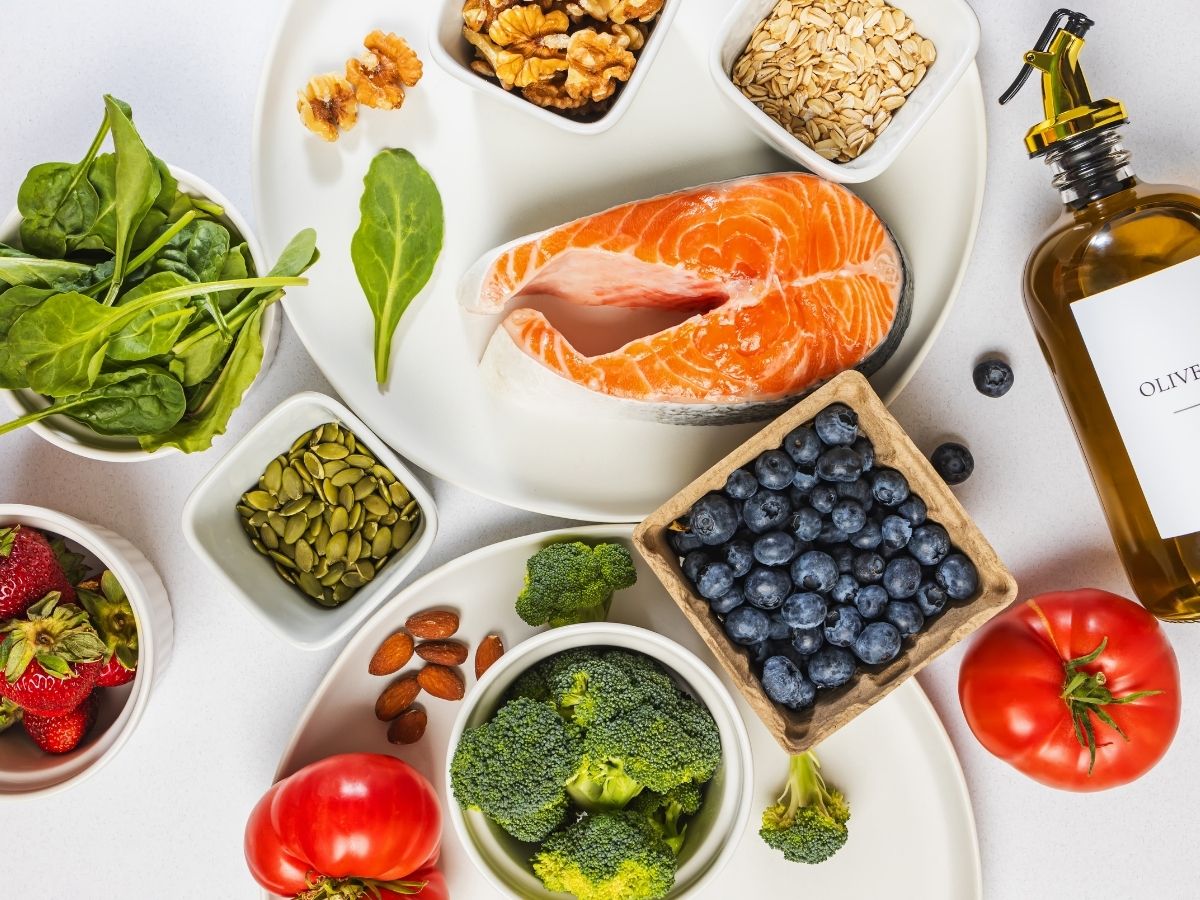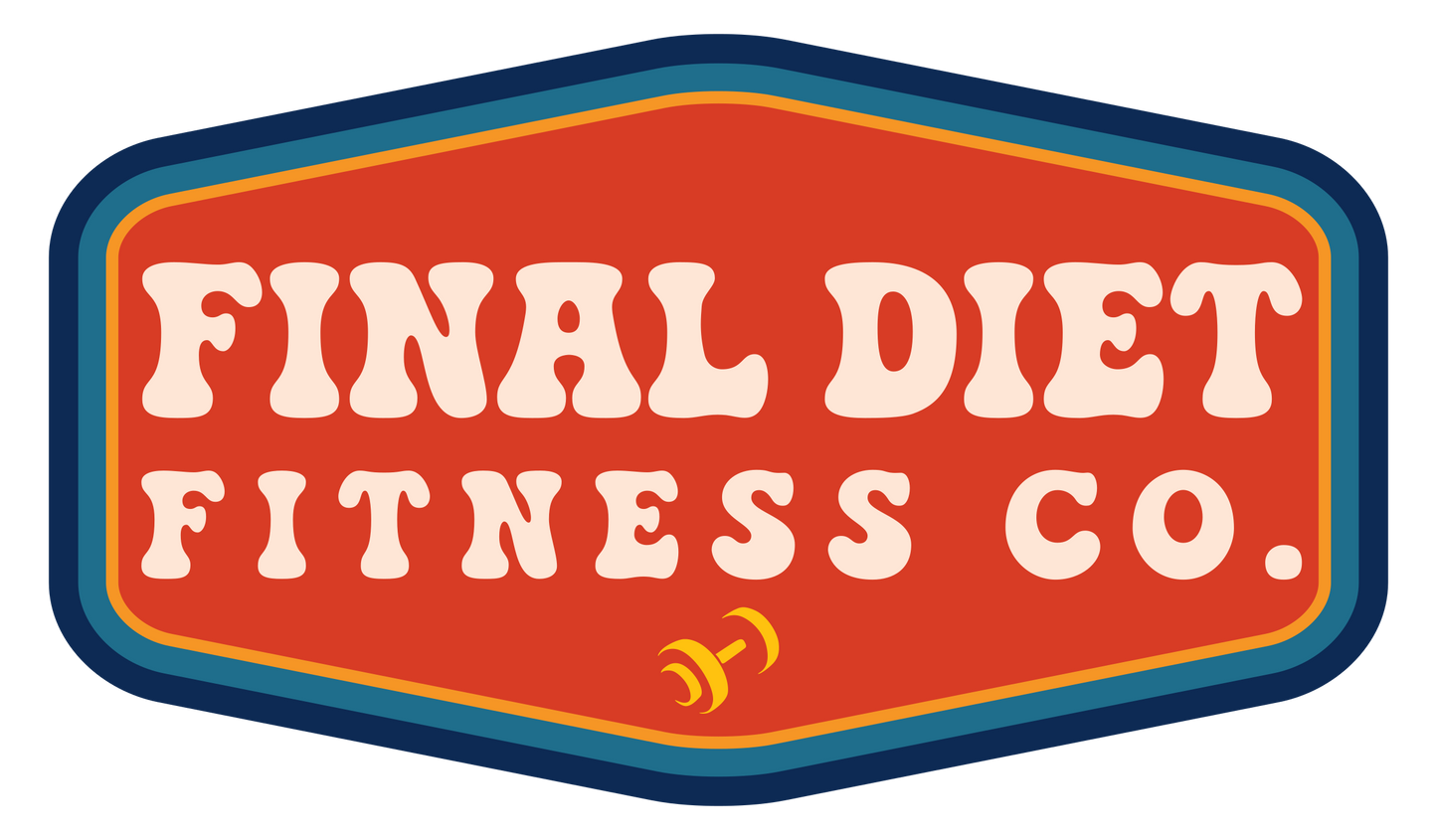
Many people start eating healthier and quickly notice something strange—whole foods feel “boring.” The meals seem less exciting, the flavors feel muted, and the satisfaction just isn’t there. That reaction is completely normal. It’s not that you’re doing something wrong; it’s that your taste buds have been conditioned by the food industry to crave constant stimulation.
Ultra-processed foods (UPFs) are engineered to be hyper-palatable—a precise mix of sugar, refined starch, salt, fat, and flavor enhancers that light up your brain’s reward pathways and make “stop” signals fuzzy. Whole foods, by comparison, are simpler: fewer ingredients, more fiber and water, more natural flavors. If you’ve been eating a lot of UPFs, whole foods can feel muted for a while. That’s not a character flaw; it’s neurobiology.
Your palate can adapt—and surprisingly quickly.
Good news: taste and reward responses are plastic. When you dial down added sugar/salt/fat, your taste buds and brain recalibrate.
- Sugar & sweetness: Cutting added sugars reduces sweetness preference within 2–8 weeks. Many people report fruit tasting sweeter after just 2–3 weeks.
- Salt & savoriness: Preferring less salty foods can shift over 4–12 weeks on a reduced-sodium diet.
- Overall “craveability”: Moving away from UPFs lowers the “reward contrast” over 2–6 weeks—foods that once seemed plain begin to taste nuanced and satisfying.
Think of it like walking out of a bright room into daylight; at first everything looks dull, then your eyes adjust.
A few landmark studies:
- Hall et al., 2019 (NIH metabolic ward): When adults were given UPFs ad libitum, they ate ~500 extra calories/day and gained weight compared with a calorie-matched unprocessed diet—even though taste ratings were similar. Translation: UPFs drive passive over-eating.
- Bertino et al., 1982; Wise et al., 2016: Preference for less salt and less sugar shifts downward after weeks of reduced exposure.
- Rolls, 1981 onward: Sensory-specific satiety—we eat more when flavors are varied/intense; simpler meals self-limit.
Food Isn't Entertainment (Most of the Time)
A helpful mindset shift: food is fuel and nourishment ~80–90% of the time; entertainment ~10–20%.
Save the “showtime” meals for dinners out, holidays, or planned treats. Day-to-day meals should make your life easier—steady energy, better sleep, clearer skin, smoother digestion, and fewer cravings—not feel like a Netflix special.
Why this works
- Physiology: Protein + fiber + minimally processed carbs regulate appetite hormones, stabilize blood sugar, and reduce late-night raiding.
- Psychology: Removing the “every meal must be fireworks” pressure makes it easier to be consistent.
- Sustainability: You still get joy foods—just on your terms.
Make Whole Foods Satisfying: A Practical Blueprint
Whole-food eating isn’t chicken-rice-broccoli on repeat. It can be vibrant, crave-worthy, and easy.
Build a “Satisfaction Plate”
- Protein (anchor): 25–40g per meal (eggs, Greek yogurt, chicken, fish, tofu, lentils).
- High-fiber carbs: potatoes, beans, oats, quinoa, fruit, whole-grain bread.
- Color & crunch: 1–2 cups vegetables (roast, grill, or saute for flavor).
- Flavorful fat: 1–2 thumbs of olive oil, nuts, avocado, tahini (enough to carry flavor, not flood calories).
Design a 14-Day “Palate Reset”
Days 1–7
- Cut obvious added sugars & desserts; swap sweetened drinks for water/seltzer.
- Limit hyper-palatable combos (fried + salty + sweet sauces).
- Aim for 30g protein + produce each meal; 8,000–10,000 steps most days.
- Use bold flavors: citrus, herbs, spice, umami.
Days 8–14
- Trim restaurant/fast-food to once weekly (planned).
- Keep sodium modest; notice how natural saltiness returns.
- Add variety: different cuisines (Mediterranean bowls, Mexican-inspired, Thai-ish stir-fries).
- Track sleep—many people sleep better by week two as blood sugar swings calm down.
Cravings usually dip, and satisfaction rises, somewhere between week 2 and week 4.
Keep “entertainment meals” intentional
- Pick one or two per week. Enjoy fully; no guilt.
- On those days: keep protein high, hydration up, and stop at “pleasantly satisfied.”
- The next meal is right back to normal. No “make up” restriction needed.
Over time, your palate adjusts, and the “boring” foods that once felt flat start tasting rich and satisfying. You begin to crave the foods that make you feel good instead of the ones that just light up your brain for a few minutes. Whole foods aren’t boring—they’re the baseline that makes you feel steady, clear-headed, and in control. Save “entertainment” for special occasions, and let your daily food choices be the quiet foundation that supports everything else you want to do with your life.
References:
- Hall KD et al. Cell Metabolism (2019): Ultra-processed diets increase energy intake and weight gain vs unprocessed diets.
- Bertino M et al. Am J Clin Nutr (1982): Salt taste adaptation—preferences drop on low-sodium diets.
- Wise PM et al. Am J Clin Nutr (2016): Reducing sugar in beverages lowers sweetness preference over weeks.
- Rolls BJ. Physiol Behav (1981+): Sensory-specific satiety—variety and hyper-palatability promote higher intake.
- Small DM & DiFeliceantonio AG. Cell Metabolism (2019): Food reward and the neurobiology of overeating.
